 Protein is a powerhouse of a macro nutritions
Protein is a powerhouse of a macro nutritions
- Helps to create muscles, organs, nails and hair
- Helps your cells to communicate
- Facilitates muscle contraction
- Transmission of nerve signals
- Protein makes up
- Immune molecules
- Blood cells
- Hormones, Enzymes and new protein cells
Protein is made up of chains of amino acids and each protein has its own unique combination of amino acids. This explains how proteins serve such a vast role in the body and emphasizes why it is CRITICAL that you get your protein from a variety of sources, as each offers something unique. The body needs all of these things.
Amino acids are broken down to build tissue, signal metabolism and a plethora of other processes.
Fyi. Your DNA (again, everyone is different … ) tells the body how to create the right proteins for nearly EVERY PROCESS in the body that occurs. In order for the body to accomplish what the DNA is “programmed” to do, there much be plenty of amino acids available. Even missing just ONE amino acid will stop a protein from doing it’s job.
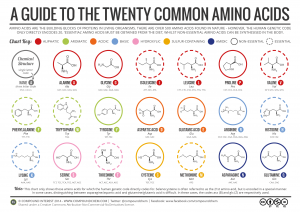 There are 20 amino acids.
There are 20 amino acids.
Many of the 20 amnio acids can be synthesized in the body. There are eight amino acids that you are unable to make. We must get them from our food, thus they are called the essential amino acids. Fact: animal proteins contain all eight of these amino acids. There are also several complete plant proteins, but not all of these proteins are available in these non-animal foods. The human body is not designed to absorb them. This might lead to plant based protein eaters not getting all of what they need and leading to deficiencies if they are not aware of this fact and supplementing accordingly.
FYI. New studies are showing that it is not the “red meat” that is causing all the issues (cancer and heart disease), but the fat composition of the red meat. So again, the quality of the meat can make a huge difference. As with all things in the food chain, red meat serves a purpose and is beneficial if consumed correctly and cleanly. Grass-fed happy cows and that are “handled well” would be a great example of a source of red meat that is “clean” and of high quality.
High quality protein
- grass-fed beef
- pasture raised eggs
- wild-caught salmon
- organic vegetables
Protein is an essential structural component of all hormones.
- Protein is digested
- Insulin acts as a gas pedal
- Glucagon acts as the break
- Protein doesn’t have much sugar in it so … a lot of protein without “sugar” causes hypoglycemia (blood sugar drops)
- To slow insulin down, arginine (amino acid from protein), tells insulin to stop stealing all the glucose out of the bloodstream
- For those with insulin resistance, one meal a day with only protein helps to keep the blood sugar from swinging so much
How Much Protein Do You Need
Low Protein Diet (less than 50 grams a day)
- Decreases prolactin, growth hormone, estrogen, thyroid hormones, and insulin
- Stimulates the stress response
- Increases body fat and fatty liver
High Protein Diet
- Can be damaging to the kidneys
- Increase in body fat
- NON ATHLETES: more than one gram of protein per kilogram of body weight
Protein consumption might need to be unique per individual depending on the particular imbalances going on, such as being anemic.
There are a lot of plant proteins that vary in amino acid composition and bioavailability. This means how much protein the body is actually able to be digested and processed in the human body. Please recognize that ALL proteins, plants as well … are a food source for all animals. Thus, in common sense terms, different plants and animals are designed to “feed” different animals more efficiently. This is how mother nature works. Just because we can pick it and eat it doesn’t mean that we were designed to digest and utilize the plant nutrients.
Best Plant Proteins: Complete and Highly Bioavailable
- Spirulina
- Hemp
- Soy
- Quinoa
- Lentils
- Buckwheat
- Amaranth
Other plant proteins, while they aren’t complete, when added to the above listed help to increase protein completeness and value.
- Brown rice
- Peas
- Beans
- Chickpeas
- Tahini
It is not necessary to eat a complete protein at every meal, to work to ensure that you get all the amino acids (a variety of protein including a completely protein) every day.
Plant proteins … the benefits
- Provide a host of phytochemicals or plant nutrients = biologically beneficial compounds found in plants.
- The deep colors
- Bioflavonoids: anti-oxidants that protect the body against stress
- citrus, onions, tea, parlsey, wine, soy, and dark chocolate.
- Isothiocyanate: sulfur containing nutrients help fight cancer and combat stress in the body.
- cruciferous vegetables: broccoli, cauliflower, cabbage, brussels sprouts, and kale
- Carotenoids: Yellow and orange pigments that act as precursors to vitamin A such as beta-carotene and lycopene. They may play a role in preventing some cancers.
- Carrots, sweet potatoes, and tomatoes
- Anthocyanins: Blue and purple pigments that are a form of flavonoid. They scavenge free radicals and acts as antioxidants, helping to reduce stress in the body. They may play a role in preventing heart disease.
- Blueberries, edlerberries, blackberries, purple and red grapes
- Polyphenols: Flavonoid which prevent cancer cells from creating new blood vessels, reducing stress, protecting from ultraviolet radiation, reducing inflammation, and p rotecting the heart.
- Tea, cinnamon, coffee and many fruits and vegetables
- Chlorophyll: green pigment found in all plants. Component in vitamin A, C, E, and K as well as magnesium, iron, potassium, calcium and fatty acids. This nutrient also helps to repair DNA and keep it from mutating, which may help to prevent cancer.
- Phytosterols: may help block uptake of dietary cholesterol
- Wheat germ, rice bran, sesame oil, whole grains, nuts and legumes.
- Lignans: phytoestrogens found in seeds and plants. They may decrease levels of testosterone but have been shown to be beneficial in keeping blood sugars more stable (diabetes). Also have been shown to improve fatty liver. Lignans can interrupt the circulation of estrogen in the GI tract in two ways, as a dietary fiber that binds to estrogens and as a compound that affects the composition of intestinal bacteria, reducing enzyme activity which lowers levels of free estrogen. Dietary fiber also increases the concentration of globulin in the blood which binds to sex hormones and reduces the levels of free estradiol (rendering them inactive). This can help with females that are estrogen dominant.
- Flaxseed
- Males with low testosterone will want to avoid
- Women with polycystic ovarian syndrome might benefit
Plant proteins … the down side
Plant protein comes packaged with carbohydrates. (Animal protein comes packaged with fat.)
Too many carbohydrates in the diet can contribute to inflammation and blood sugar imbalance.
Plants are not defenseless. They are designed to prevent creatures from feasting on them. These compounds are known as antinutrients. These antinutrients can keep us from absorbing all the nutrients in the plants and can cause side effects for people that are sensitive to them or have hormonal imbalances.
- Phytate or phytic acid: primary storage compound of phosphorous in plants. It is known to bind minerals in the GI tract Grains, keeping them from being absorbed. This can lower iron, zinc, calcium, and magnesium levels. It can also make it harder to digest proteins and fats by inhibiting digestive enzymes. Phytic acid also has some benefits such as scavenging heavy metals. Also, phytic acid slows digestion down so it may help balance blood sugar levels.
- The highest sources of phytic acid is from beans, soy, sesame and rapeseed oils.
- Oxalate or Oxalic Acid: Can bind with calcium and other minerals making them insoluble and decreasing their bioavailability. Consumption of high oxalate foods my cause decreased bone growth, kidney stones, renal toxicity, diarrhea, and impaired blood clotting.
- Rhubard, tea, spinach, and parsley (asparagus, broccoli, brussels sprouts, collards, lettuce, celery, cabbage, cauliflower, peas, coffee, beets, etc. It
- Goitrogens: Make it harder for the thyroid to absorb iodine because the compete with iodine for entry into the gland. They also weaken the activity of the enzyme thyroid peroxidase which is required for conversion of T4 and T3. However, in common sense terms, you would have to eat TWO POUNDS of kale in order to have an impact on your thyroid. For those with thyroid issues, the vegetables to avoid are raw brussels sprouts and collard greens. Cooking decreases the affect.
- Cabbage, brussels sprouts, kale, broccoli
- Lectins: present in high levels in legumes. Lectins are able to bind or clump together red blood cells, which can cause blood clots in coronary arteries, blood vessels to the lungs and smaller blood vessels in the GI tract. They can also interfere with nutrient absorption from the intestine. And they may encourage bacteria overgrowth in the GI tract.
- Black beans, soybeans, lima beans, etc and grain products
- Glycoalkaloid: antinutrient produced by the nightshades. For people that are sensitive to nightshades, consumption of these foods can cause depression, anxiety, indigestion, joint pain, and anemia.
- Potato, tomato, peppers, eggplant, tobacco, and goji berry. Potatoes are the highest producers.
- Heavy metals: found the soil that plants are grown in. They have no biological function and highly toxic. Heavy metal build up have been linked to breast, endometrial cancer, endometriosis, and spontaneous abortion, preterm deliveries and still births, and low birth weight.
- Arsenic, lead, mercury, and cadmium
- Aluminum has been shown to damage nerve tissue and may contribute to Alzheimer’s.
- Soy: 90% of soy is genetically modified. Soy is hard to digest because it has trypsin inhibitors which inhibit digestive enzymes. Fermentation helps with the digestion but not completely. This is why miso and tempeh are recommended over others like tofu. Phytoestrogens (from soy) have been implicated in infertility, testosterone deficiency, and thyroid suppression. Soy in baby formula may contribute to early puberty, asthma, thyroid disease, and food allergies, and behavioral problems. Some processes required to package soy protein requires using acid washing in aluminum tanks in order to remove the antinutrients. This leaches aluminum into the product.
Antinutrients can be decreased by soaking, fermenting, heating, sprouting, and milling or grinding. Soy is very resistant to many of these methods.
With balanced protein consumption from the plant world, adequate protein can be consumed, though supplements can be helpful.
Sources:
1. https://www.ncbi.nlm.nih.gov/pubmed/27459444
2. https://www.ncbi.nlm.nih.gov/pubmed/22412075
3. https://www.ncbi.nlm.nih.gov/pubmed/19307518
4. https://www.ncbi.nlm.nih.gov/pubmed/15927927
5. https://www.ncbi.nlm.nih.gov/pubmed/22470009
6. http://www.nature.com/articles/srep25145
7. https://www.ncbi.nlm.nih.gov/pubmed/9605218
8. https://www.ncbi.nlm.nih.gov/pmc/articles/PMC4264239/
9. https://www.ncbi.nlm.nih.gov/pubmed/23553645
10. https://www.ncbi.nlm.nih.gov/pubmed/12083319
11. https://www.ncbi.nlm.nih.gov/pubmed/12016126
12. https://www.ncbi.nlm.nih.gov/pubmed/15113961
11. https://www.ncbi.nlm.nih.gov/pubmed/12016126
12. https://www.ncbi.nlm.nih.gov/pubmed/15113961
13. https://www.ncbi.nlm.nih.gov/pubmed/11916349
14. https://www.ncbi.nlm.nih.gov/pubmed/11142531
15. https://www.ncbi.nlm.nih.gov/pubmed/24460407
16. http://journals.plos.org/plosone/article?id=10.1371/journal.pone.0001148
17. http://onlinelibrary.wiley.com/doi/10.1002/ptr.5635/full
18. https://www.ncbi.nlm.nih.gov/pubmed/11445478
19. http://www.tandfonline.com/doi/abs/10.3109/09637486.2016.1161011
20. http://lifestyleworksclinic.com/Estrogen%20Metab%20ANSR%20Research.pdf
21. https://www.ncbi.nlm.nih.gov/pmc/articles/PMC2266880/
22. https://www.ncbi.nlm.nih.gov/pmc/articles/PMC3153292/
23. https://www.ncbi.nlm.nih.gov/pubmed/26946249
24. http://het.sagepub.com/content/5/1/15.short
25. https://www.ncbi.nlm.nih.gov/pubmed/26094520
26. https://www.ncbi.nlm.nih.gov/pubmed/27479193
27. https://www.ncbi.nlm.nih.gov/pubmed/12639286
28. https://www.ncbi.nlm.nih.gov/pubmed/21325465
29. Van Wyck JJ and other. The Effects Of A Soybean Product On Thyroid Function In Humans. Pediatrics, 24, 752-60
30. Poley JR and Klein AW. J Pediatr Gastroenterol Nutr 1983 May;2(2):271-87 31. Freni-Titulaer LW and others. Am J Dis Child 1986 Dec;140(12):1263-1267
 TOPIC: Blood sugar management to positively impact hormonal health
TOPIC: Blood sugar management to positively impact hormonal health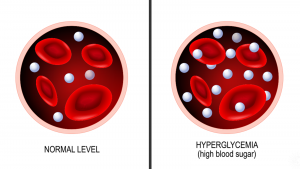 This is an awesome list of supplements as everyone can benefit from taking these supplements. The work in a foundation kind of way and the causes of negative side affects when these supplements are taken with the correct knowledge in mind are nil.
This is an awesome list of supplements as everyone can benefit from taking these supplements. The work in a foundation kind of way and the causes of negative side affects when these supplements are taken with the correct knowledge in mind are nil.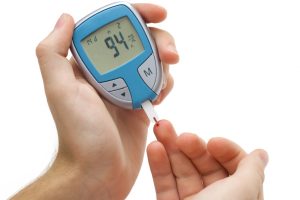


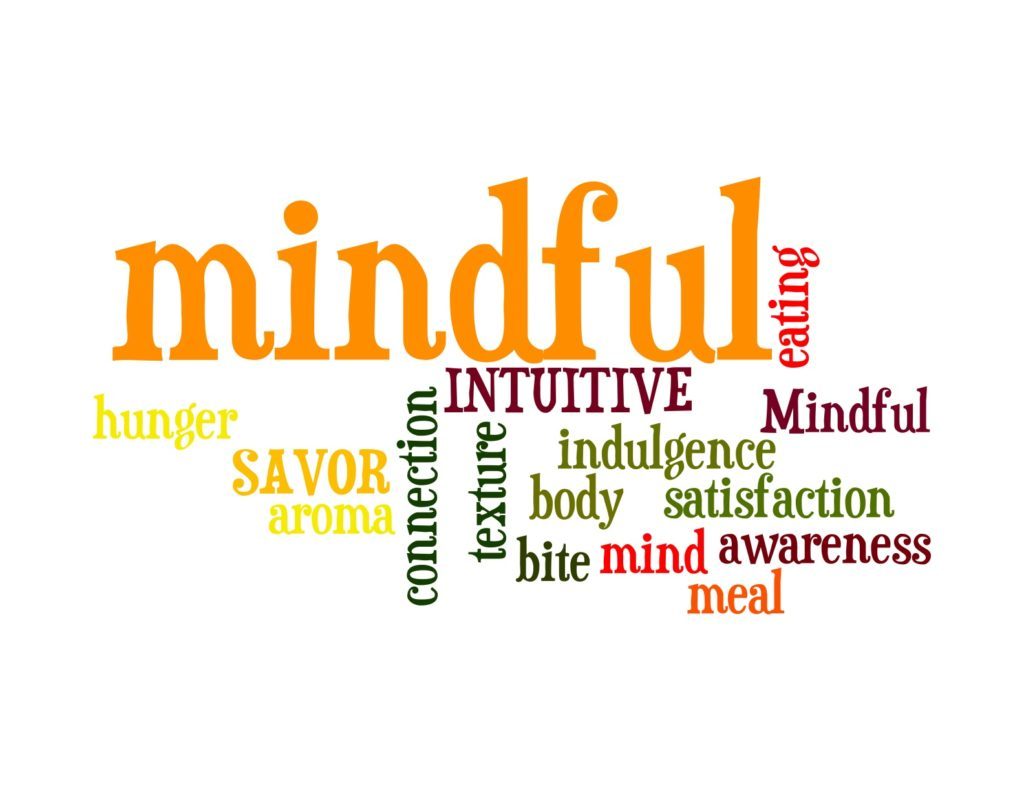

 Protein is a powerhouse of a macro nutritions
Protein is a powerhouse of a macro nutritions There are 20 amino acids.
There are 20 amino acids.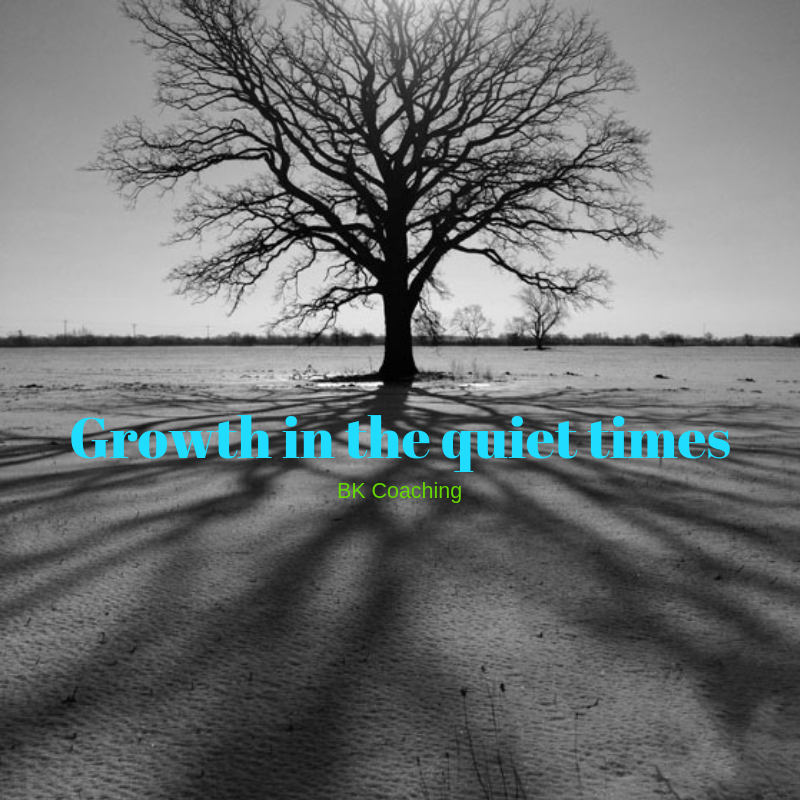
 Here is fall! Soon winter will be upon us. Such a wonderful time of year. Time of reflection on your improvements, wins, celebrations and other most excellent stuff that happened. AND interestingly enough … more time of change. Under the surface.
Here is fall! Soon winter will be upon us. Such a wonderful time of year. Time of reflection on your improvements, wins, celebrations and other most excellent stuff that happened. AND interestingly enough … more time of change. Under the surface.
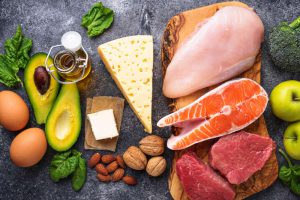
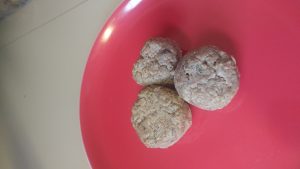 1 1/2 cups oat flour
1 1/2 cups oat flour